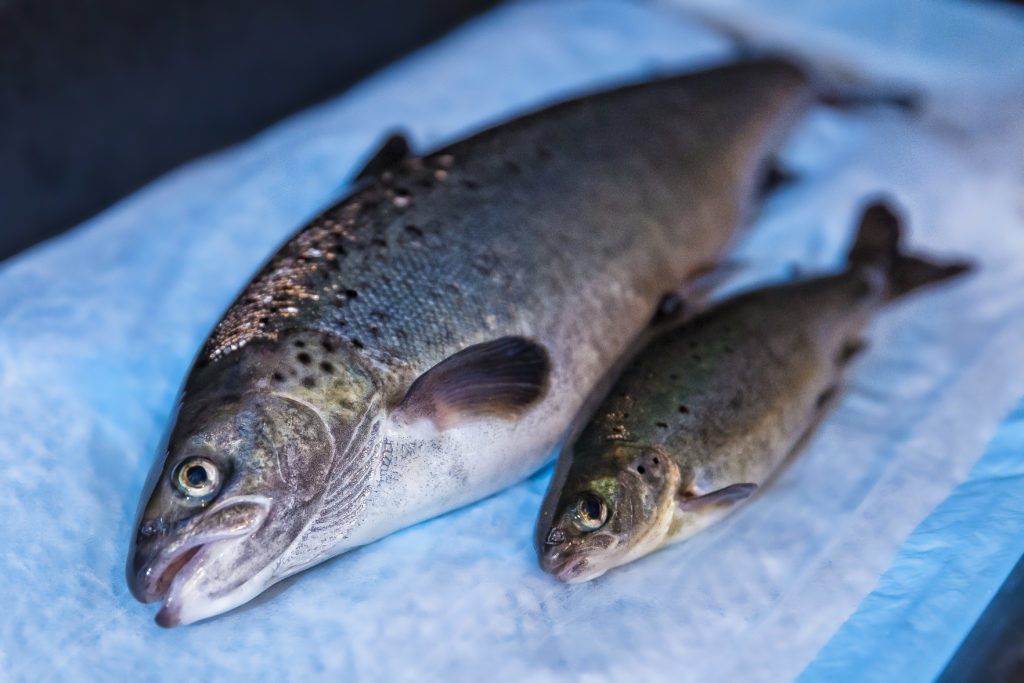
Regular and Modified Salmon
I never cease to be amazed at the Luddites of our time. Most often this is some kind of special alloy of denseness, magical thinking and fear of incomprehensible things that scientists in laboratories.
I think that on Habré no one has any special doubts, the danger of such figures as Séralini, who proved the carcinogenic effect of GMO corn in rats. The article was eventually withdrawndue to discovered gross methodological errors. Therefore, today we will talk about the correct approach to GMOs and about what we have already launched into production of interesting things. Let's start with salmon and trout. About how the wild version differs from the farm one, how the salmon color is estimated, why it is modified and when we will see a new, modified version of this fish on the counter.
Selection paradoxes
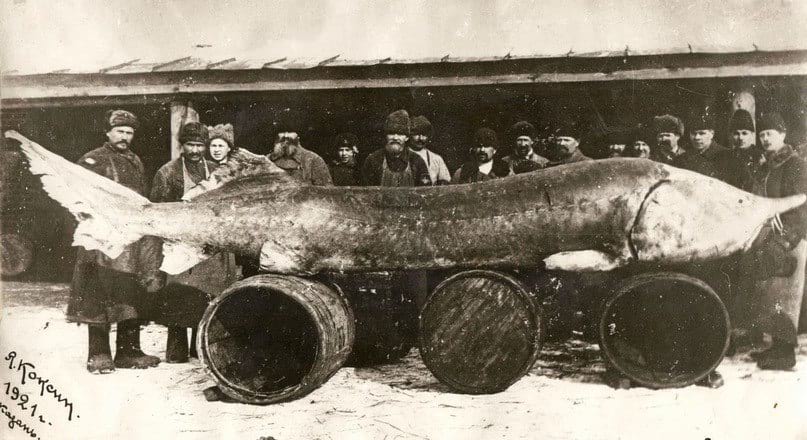
Kazan, 1921. Small sturgeon, weighing 1.5 tons.
Have you noticed how the fish began to rise in price? No, this is not just about any economic problems and upheavals. The problem is that we eat too much. Animal protein is a very important part of the diet and is expensive to grow. To produce a kilogram of the same beef, you need from 3 to 20 kg of grain, which in itself is edible. Due to the low efficiency, we get rather high prices for meat. Chicken is much more profitable, since the feed conversion rate is about 1.6-1.7 kg of grain per kilogram of chicken carcass.
It would seem that there is a simpler solution - ready-made meat in the form of fish in rivers, lakes and seas. Unfortunately, we catch fish much faster than it has time to reproduce and grow in mass in a natural ecosystem. As a result, the same sturgeon practically disappeared in the wild, and its caviar is now sold in tiny jars, which solemnly lie inside a transparent display-safe. Despite the fact that this is just ordinary caviar, which many calmly ate in childhood.
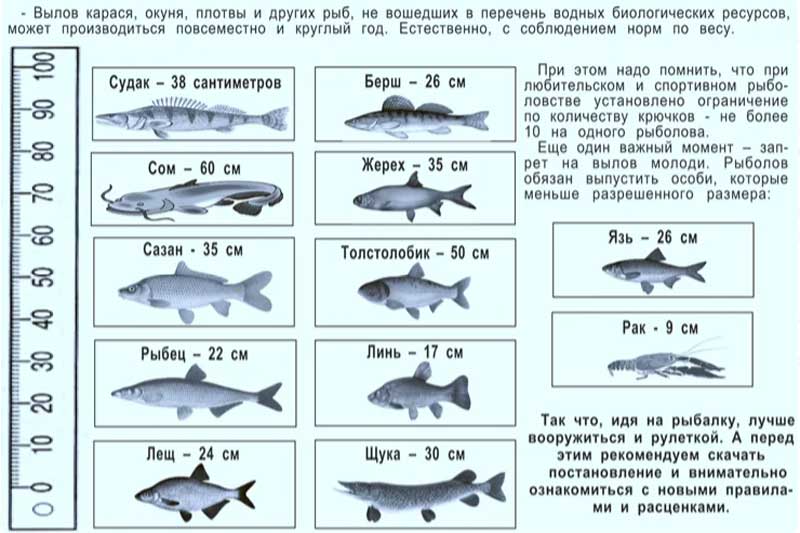
There is one more problem - we are engaged in the selection of wild fish species, but not in the direction in which it is necessary. If you look at the laws of the Russian Federation and other countries on fishing, you will notice that the key restrictions relate to the total amount of fish caught and its minimum allowable size. It is forbidden to use nets with small meshes, and all fish under the permitted size must be released back. This is perfectly reasonable from the point of view of keeping the young for further growth and weight gain. But from the point of view of artificial selection, we excellently cull the largest and fastest growing individuals. At the same time, adult mutants with dwarfism perfectly avoid capture and give offspring.
Your color is wrong!
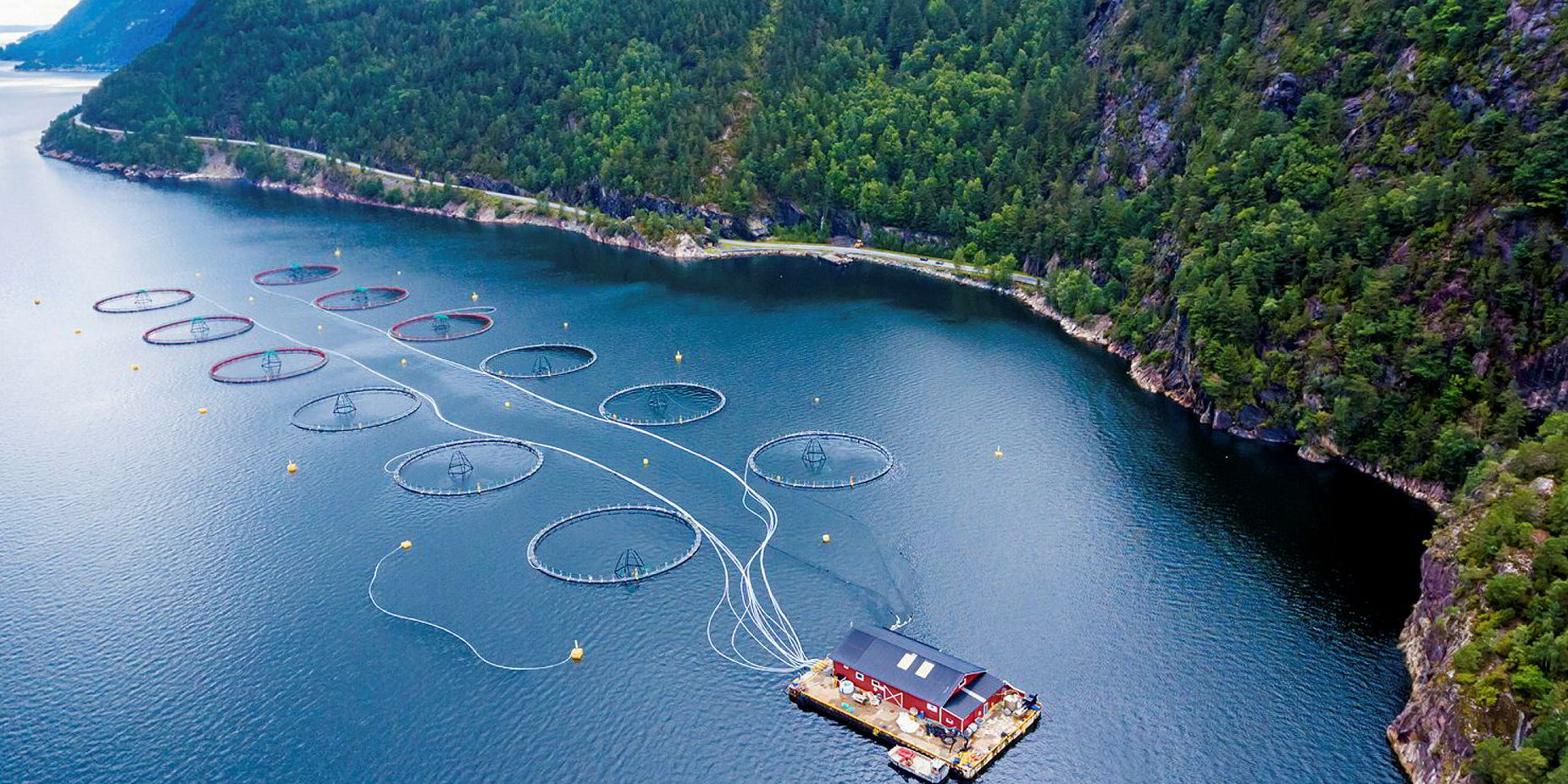
Salmon Farms
Due to the continuous depletion of the wild salmon population and its relatives, it has become profitable to organize artificial fish farms. In fact, fish live in the same reservoirs, but limited by the volume of nets. It also feeds artificially to maximize growth rate. Norway generates 1.3 million tonnes of red fish. This is in the region of 60% of world production. And here the problems begin on the part of those who need "only natural". Wild salmon feed on large numbers of shrimp and other orange-colored animals. Due to this, its meat acquires a characteristic reddish color.
For farmed salmon, astaxanthin must be added to the feed. This is the same bright red carotenoid found in shrimp and which colors flamingos pink. Without it, salmon has the usual "fishy" grayish color.
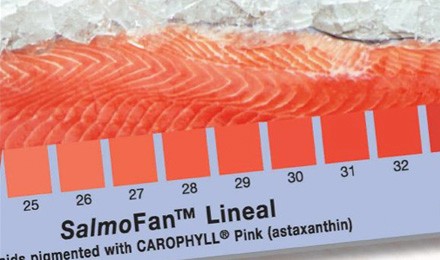
Moreover, they even began to produce special scales for assessing the work of the dye in order to choose the most attractive option for the consumer. At the same time, people who believe that only “natural” wild fish is the most correct write kilometer-long guides on how to distinguish the desired fillet by color. Although astaxanthin is essentially the same everywhere.
We make patches
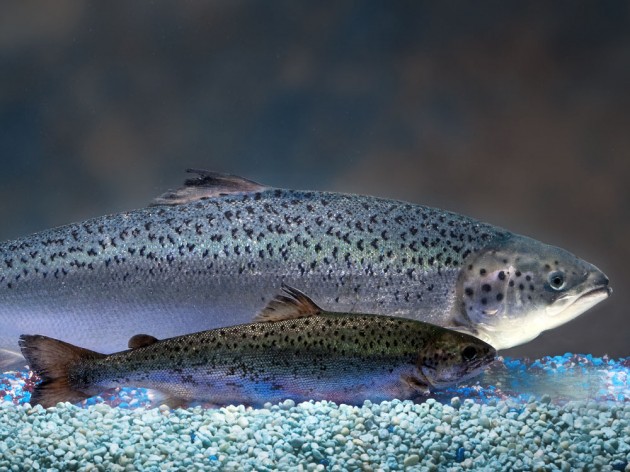
Common Salmon and AquAdvantage
When we talk about the genetic modification of organisms, we usually think of the discoveries and research of the last decade. In fact, practical research in this area has been going on for over 30 years. In 1989 the AquAdvantage salmon was created. Moreover, the modification is quite minimalistic by today's standards. In fact, a potential hybridization with a closely related species could give a similar effect. Now I will tell you in more detail.
The final size of the fish and its growth rate are limited. You can take a conditional guppy, fill it with food, but it will not turn into a blue marlin from overfeeding. Rather, on the contrary, he will start to get sick about overfeeding and die. In order to circumvent this limitation and, at the same time, pass very strict control by the FDA, AquaBounty Technologies introduced a genetic fragment responsible for the synthesis of growth hormone from the largest member of the family - chinook salmon into the genome of Atlantic salmon (salmon). For this, an additional fragment opAFP-GHc2 was introduced in the EO-1ɑ gene using a promoter from another fish, the American eelpout .
As a result of the fact that the final organism now had several copies of the gene responsible for the synthesis of growth hormone, the growth of the fish became continuous throughout the year. At the same time, ordinary, unmodified salmon grows only in spring and summer, and does not gain weight in other seasons. To test the stability of the genetic modification, AquAdvantage was bred with wild salmon for four generations. At the same time, the required fragment remained unchanged in all descendants.
Years of testing
Unfortunately, the attitude towards genetic modifications is, to put it mildly, biased. It took more than 30 years to obtain permission to use the modified salmon. The study protocol included comparison with unaltered salmon varieties as a control group. Hormones were investigated first of all - estradiol, testosterone, 11-ketotestosterone, T3, T4 and insulin-like growth factor 1 (IGF1). As a result, no significant differences were found between modified fish and wild species. The nutritional value was also similar. Nevertheless, despite a positive FDA resolution back in 2010, the project was canceled at the initiative of lawmakers. Also there were requirements for labelingproduct as transgenic without fail. In addition, a number of researchers expressed concern that such powerful and large variants of salmon could quickly displace the original species, completely capturing the food supply.
As a result, the development company was forced to ensure that rearing only takes place in indoor pools, where the fish have no way to escape into the wild. In addition, all caviar that will be used for raising individuals for food is exposed to high pressure, which leads to the formation of triploids.- organisms with three sets of chromosomes instead of two. Such fish are not able to reproduce in the future. If the clutch of eggs contains more than 5% of diploid individuals, then it is destroyed. In addition, only females are raised for food in order to further ensure that salmon cannot reproduce uncontrollably. Males are kept separately, away from water bodies, almost in a guarded bunker, and are involved only in the production of eggs for breeding.
As a result, in 2018, the sale and consumption of this fish was still allowed in the USA and Canada. That did not prevent a California court in November 2020 to initiate the revocation of the permit for reasons of "insufficiently investigated consequences for the environment."
This whole story looks extremely sad from the scientific community. Yes, security research is essential. But not to the extent that it makes a large area of research on the modification of organisms unprofitable and risky. For some reason, no one conducted long-term testing with the same Sosnovsky hogweed, when it was diligently acclimatized in a natural way in unusual zones for him and the seeds were delivered over a huge territory.
It's easier with decorative
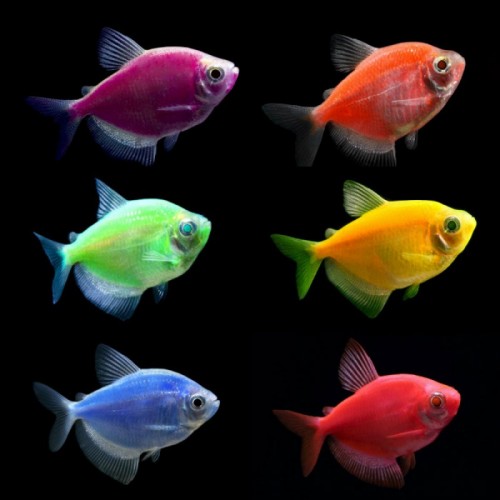


Fortunately, if purely ornamental fish are not eaten and can not survive in the wild, then regulatory claims are usually not received. Here you can give an example of the same GloFish from the illustration. Originally they were zebrafish rerio - small striped fish. In 1999, a gene for the synthesis of GFP was inserted into them - this is a typical jellyfish fluorescent protein that gives a green glow. By chance, a representative of a commercial company that was engaged in breeding ornamental species turned out to be at a conference where photographs of green glowing fish were shown. As a result, we launched a whole series with different fluorescent pigments.
Who knows, maybe it is the conventional decorative dwarf giraffes the size of a dog that will be able to break through the barrier of GMO-phobias and accelerate progress in this area.
